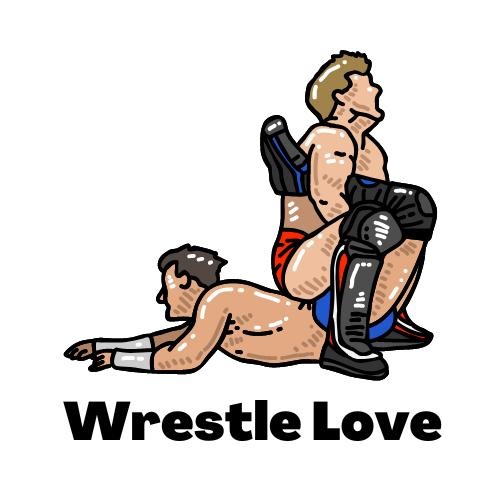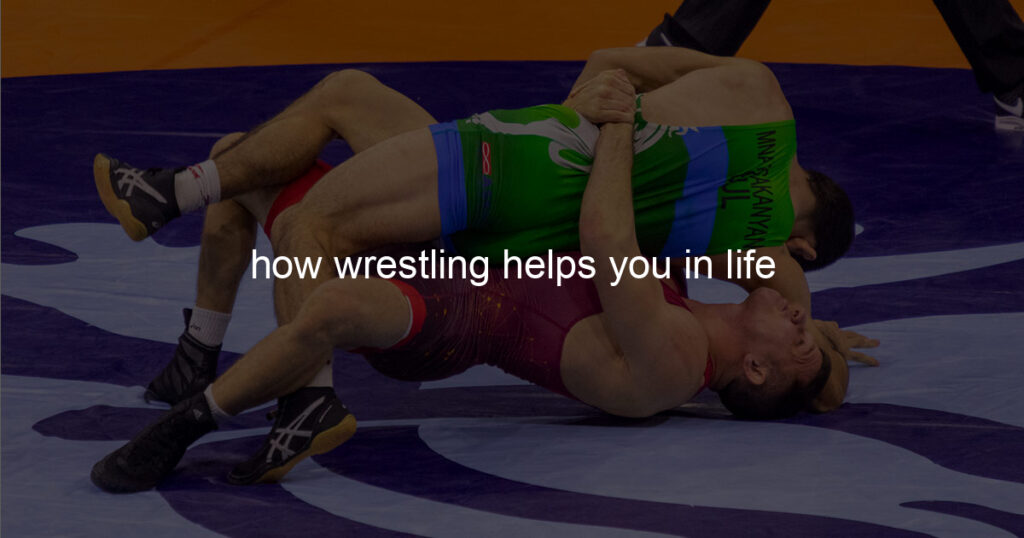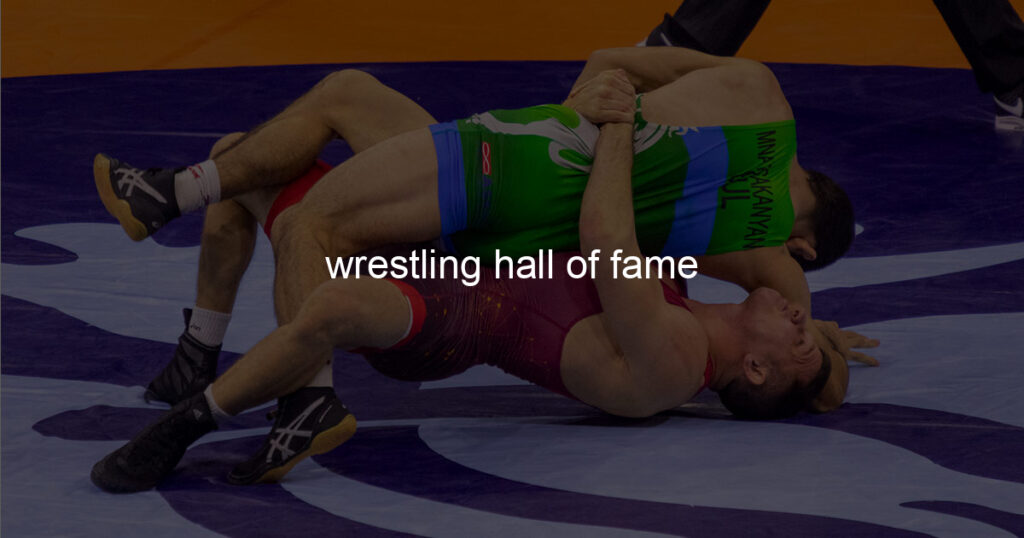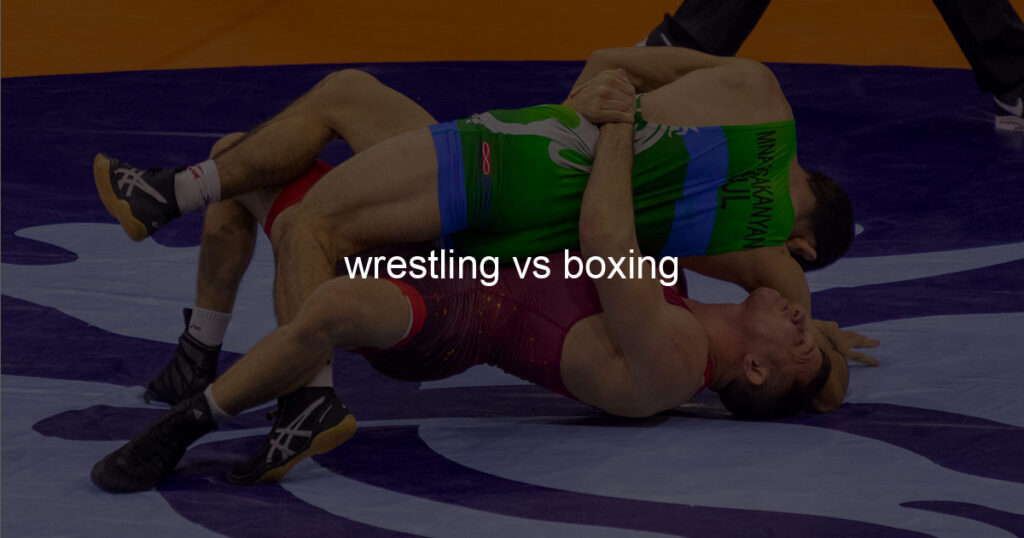Any wrestler will tell you that injuries are a part of the sport. But, what if there was a way to prevent some of those injuries? Here are some injury prevention tips for wrestlers.
How do you prevent injuries in wrestling?
Injury prevention is a major concern for wrestlers and those who coach or train them. To reduce the risk of injury, it’s important to wear protective gear such as headgear, elbow pads, and singlets. Additionally, make sure your protective gear fits properly and that you are using the proper technique while wrestling.
Stretching before every practice can also greatly improve safety, as this decreases the risk of pulling muscles or otherwise injuring yourself during the match. It is also wise to consider a no-contact policy in practice if contact between opponents may increase their risk of injury. Finally, take breaks frequently during practices and matches to ensure both athletes remain safe and healthy throughout the season.
How do wrestlers protect their knees?
Wrestlers are notorious for taking quite a few hits to the knees over the course of their career and, as such, proper protection of this joint is essential. Wrestlers use various methods of protection for their knees – from knee pads to taping them up with wraps and even using heavily leveraged compressive gear. This type of equipment helps wrestlers keep their knees stable and protected as they take big falls and grapple with opponents.
While some wrestlers do still prefer a rustic approach and opt to only wear wraps or just knee pads, it’s advisable to make sure the wrestler has multiple layers of protection for maximum safety. All in all, knee protection plays an integral part in the safe practice of wrestling.
How do wrestlers prevent neck injuries?
Wrestlers take many steps to prevent neck injuries, the most important being to practice good technique. This means keeping their chin down and chest up while maintaining structural balance. In addition, wrestlers should wear protective equipment such as headgear and a neck brace when necessary. Strength and conditioning drills can also help build the muscles around the neck which will offer additional protection.
Proper warm-ups are essential for preparing the body for physical exertion, increasing flexibility, and cooling down afterward. Finally, it is never okay to override pain when wrestling or engaging in risky maneuvers that could lead to injury. Taking these precautions can reduce the likelihood of neck injuries and help wrestlers stay safe on the mat.
What are the top 3 injuries in wrestling?
Wrestling is a full-contact sport filled with risks. Injuries range from minor scrapes to serious concussions, which means it’s important for wrestlers to be aware of the most common injuries. The three types of injuries seen most frequently in wrestling are strain and tears to ligaments and muscles, sprains, and concussions due to blows to the head or neck area.
Wrestlers need to protect themselves by wearing protective gear, learning proper techniques, and remaining focused during each match. As long as you take these precautions, you can mitigate your risk and stay safe on the mat.
What are some wrestling tips?
Wrestling is a physically demanding sport that requires both strength and technique to be successful. Developing strong balance and having quick feet are key skills for being an adept wrestler. When executing takedowns, it is important to keep one hand cupped around the ear of your opponent and use your other hand for controlling their body as you move into the dominant position.
Establishing an underhook between your arm and theirs creates a wall of defense that makes it more difficult for them to counter or escape your moves. Practicing specific techniques will help train muscle memory, so remember to drill the execution of moves in order to improve performance during meets. Additionally, developing mental toughness is essential; focus on what you do well and never underestimate yourself!
Do wrestlers get injured often?
Wrestling is an intense and dangerous sport, with injuries ranging from sprains to concussions, or worse. Not only do the wrestlers place their physical safety in jeopardy when they enter a wrestling ring, but they also put their mental health at risk. Wrestlers often face injuries caused by excessive use of high-risk moves and quick falls to the mat.
Many wrestlers have also developed long-term effects such as chronic pain or disability caused by repetitive impacts and/or joint damage. Injuries are part of the nature of this risky sport; however, there is an increasing focus on education, proper technique, and safety protocols to reduce these risks among wrestlers.
With increased attention to safety and proper techniques, hopefully, fewer wrestlers will have to suffer from painful injuries during and after their careers.
Wrapping Up
Wrestling is a sport that comes with its own set of challenges and risks, the biggest of which is injury. Fortunately, there are tools Wrestlers can use to minimize their risk of injury, such as warm-up and cool-down exercises, proper nutrition and hydration, maintaining good form during practice and competitions, and appropriate recovery techniques.
By implementing these into your lifestyle today – you’ll be sure to reduce your risk for injury in the future! Finally, it’s important to follow any recommendations given by coaches or trainers on a regular basis – they know what’s best for you. If you have any concerns or questions regarding safety while wrestling – never hesitate to reach out to them!
With these strategies combined with hard work and dedication– you’ll be able to maximize your performance while staying safe and injury-free!








